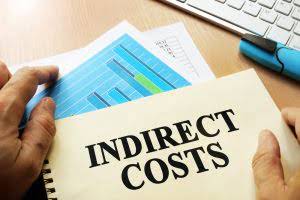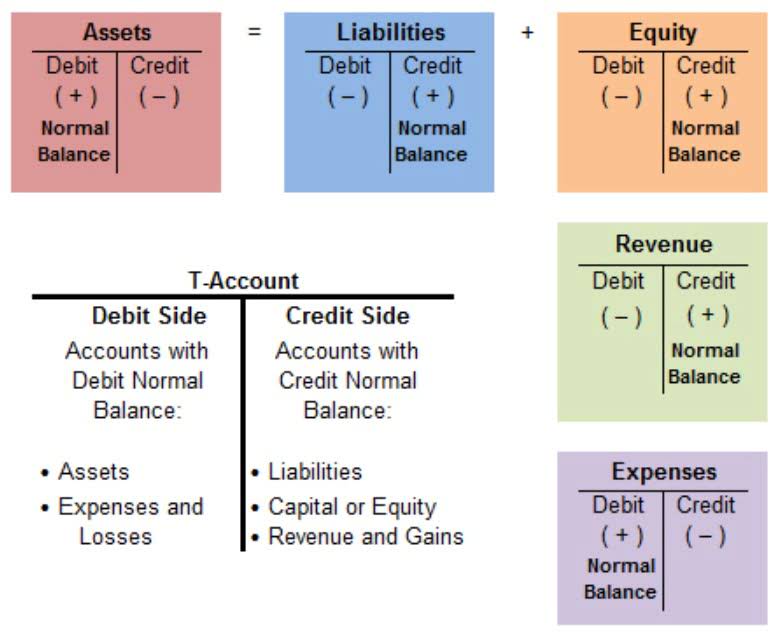
If the economy is doing well, there is more money to spend overall, and consumers are not worried about overspending. Business X believes it can sell its basketballs to Company Y for $20 each because the current market situation for basketballs is not strong since football is becoming increasingly popular. To make sense of this, let’s imagine a scenario where a business produces a type of nest basket for sale. This is because both nest baskets are produced using the same materials and goods, incurring identical costs.

How to calculate cash realizable value?
With changes in market conditions and profit achieved with previous sales, sometimes target goals must be attainable. Cash realizable value is calculated by estimating the amount expected to be collected from accounts receivable. Subtract the allowance for doubtful accounts from the https://www.bookstime.com/ total accounts receivable. For example, if accounts receivable is $50,000 and the allowance for doubtful accounts is $5,000, the cash realizable value is $45,000. Understanding the NRV is essential for businesses to maintain accurate financial records and make informed decisions.
- NRV is a common approach used by many companies to estimate the value of their assets.
- Therefore, the Net realizable value of the accounts receivable is $4,500.
- One of the company’s main objectives is to find out how many accounts receivable and how many they will collect.
- Fortunately, calculating net realizable value is relatively straightforward.
- GAAP accounting standards to impede companies from inflating the carrying value of their assets.
- Understanding the NRV is essential for businesses to maintain accurate financial records and make informed decisions.
Accounts receivable balance
Alternatively, when the economy is down, clients may pass on orders or find it more difficult to make full payments. Depending on the industry the company net realizable value is it, the company may decide to accept a certain amount of uncollectable sales. The company may also lack the resources to pursue delinquent receivables.
What do you mean by inventory valued at NRV?
Any doubtful or uncollectible payments should be deducted from the total receivables. The important thing here is that sometimes, due to unfortunate circumstances, there could be an uncollected amount that should have been counted in the accounts receivable. The net realizable value (NRV) of our hypothetical company’s inventory can be calculated by adding the defective NRV and the non-defective NRV, which is $540,000. The percentage of non-defective inventory units is 95%, so there are 9,500 non-defective units. Suppose a manufacturing company has 10,000 units of inventory that it intends to sell.
- The guidelines provided by IAS 2 offer some flexibility in deciding which selling costs to include when calculating the NRV.
- Since the net realizable value of $45 is lower than the cost of $50, ABC should record a loss of $5 on the inventory item, thereby reducing its recorded cost to $45.
- Alternatively, when the economy is down, clients may pass on orders or find it more difficult to make full payments.
- But for calculating the Net Realizable Value, IBM will have to identify the customers who can default on their payments.
- Net realizable value is a critical concept in accounting, used to ensure that the value of assets on financial statements is not overstated.
In either situation (high inflation or high unemployment), it may be more difficult for clients or businesses to find budget for additional goods to buy. As economies thrive, clients often have more money at their disposal and are able to pay higher prices. They are also able to pay on time and potentially purchase more goods.
- NRV is defined as the estimated selling price in the ordinary course of business minus the forecasted costs of completion and estimated expenses to facilitate the sale (IAS 2.6).
- For example, this is the money they generate after selling a product to a customer.
- NRV provides a conservative estimate of an asset’s value, ensuring financial statements reflect realistic asset valuations.
- One crucial factor in these decisions is understanding the net realizable value (NRV) of assets, which plays a significant role in assessing an entity’s financial health.
- Instead, given their relatively small size (in most cases), they are buried within the cost of goods sold.
- IAS 2.9 stipulates that inventories must be measured at the lower of their cost and net realisable value (NRV).
- Subtract the allowance for doubtful accounts from the total accounts receivable.

Here, we explore the application of NRV in different accounting contexts, including inventory valuation, accounts receivable, and cost accounting. This helps businesses determine the net amount they can expect to receive from selling an asset after accounting for any additional costs involved in the sale. GAAP rules previously required accountants to use the lower of cost or market (LCM) method to value inventory on the balance sheet. If the market price of inventory fell below the historical cost, the principle of conservatism required accountants to use the market price to value inventory. Market price was defined as the lower of either replacement cost or NRV.
Net Realizable Value(NRV) Calculator

0 responses to “Net Realizable Value NRV: Definition & Calculation”